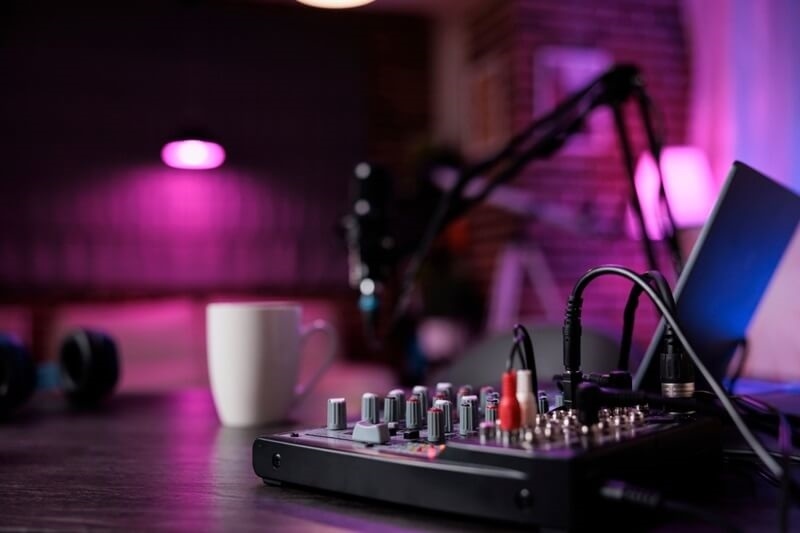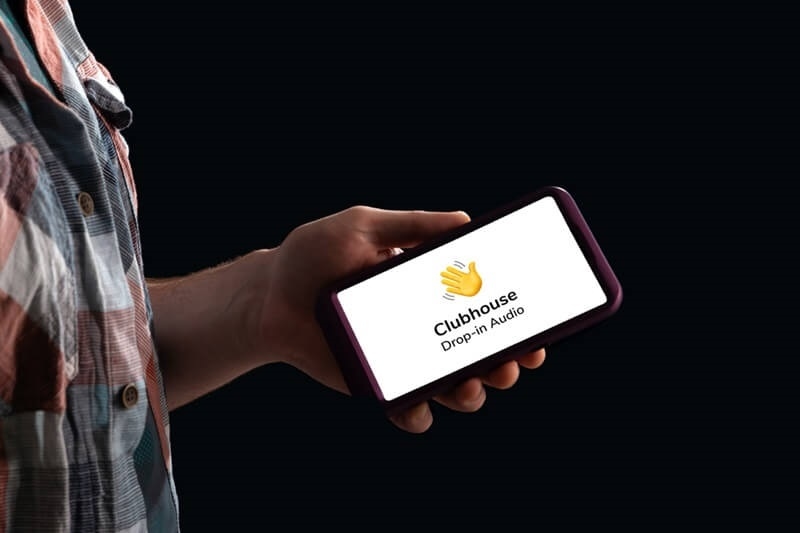
The rise of audio social media systems is changing how people sign up and engage in real time. Twitter Spaces and Clubhouse are the main ways of facilitating based discussions and impromptu chats. Twitter Spaces vs. Clubhouse comparisons show Twitter's extra accessibility, while Clubhouse's energetic rooms data show that customer engagement in the region of hobby corporations remains high.
These audio chat apps in the USA provide creators and professionals a unique stage to grow audiences and proportion insights. By mastering the first-class practices for website hosting Spaces and exploring alternatives for monetising live audio content, customers can flip informal talks into significant engagement, or even profit streams.
Voice has continually been one of the maximum intimate kinds of communication. Unlike textual content or video, voice doesn’t require perfection—it creates a connection. During the pandemic, isolation drove human beings to seek extra meaningful online conversations. And that’s whilst the audio social systems upward thrust received momentum.
While video content can be excessive-stress and heavily produced, audio permits for authenticity, accessibility, and multitasking, making it the proper medium for notion management, community-building, or even casual networking.

Clubhouse was the primary app to sincerely pioneer this space, and no matter greater competition today, it nevertheless performs a first-rate function within the audio social platforms' upward thrust. A observes Clubhouse active rooms stats, famous a good deal approximately its staying power and use cases.
These Clubhouse energetic rooms stats show that even as growth has levelled off because of the pandemic surge, its area of interest communities stay extraordinarily engaged. For users focused on industry-unique discussions or global dialogues, Clubhouse nonetheless charges a fee, especially whilst leveraged for real-time Q&As or target audience interaction.
As Twitter’s solution to Clubhouse, Twitter Spaces has gained significant ground by way of being built into a current social community. Let’s break down the comparison: Twitter Spaces vs Clubhouse.
Twitter Spaces
Clubhouse
In the Twitter Spaces vs Clubhouse warfare, Spaces wins on comfort and target audience reach, in particular for creators who have already got a following. Clubhouse, however, still affords a more centred audio experience without the noise of tweets and traits.
Both structures make contributions to the audio social systems, but each has specific strengths. The high-quality choice relies on your target audience, content layout, and preferred stage of community engagement.
Aside from Clubhouse and Twitter, several other audio chat apps in the USA are supporting the audio social systems. Whether for social discussions, live podcasts, or personal network chats, users have more alternatives than ever.
These audio chat apps in the USA highlight just how numerous the environment has emerged as. Some platforms cater to informal conversation, at the same time as others are built for established panel talks or creator monetisation. Understanding your target market helps you pick out a satisfactory device.
Whether you're website is hosting on Twitter Spaces, Clubhouse, or Spotify Live, following pleasant practices for website hosting Spaces can make or break your session. Great audio rooms experience, herbal, structured, and attractive—not chaotic or dull.
Following those first-rate practices for web hosting Spaces not most effective ensures a smoother experience but also boosts return on investment and facilitates building a devoted target audience.
The capacity to monetise live audio content has transformed these systems from hobbyist havens into full-fledged author ecosystems. With various monetization functions now available, creators and brands can earn sales at the same time as sharing understanding or entertainment.
If you need to significantly develop your brand and revenue, focusing on monetising live audio content is the next logical step after audience-building.
The audio social structures upward thrust isn’t slowing down—it’s just evolving. Here’s what to expect in 2025 and past:
As technology improves, so does the enjoyment. Audio will keep to amplify as a bridge among traditional social media and subsequent-gen interactive leisure.
Companies are no longer sitting on the sidelines. Brands are actively engaging on the audio social platforms to reach customers in new, intimate ways.
The low barrier to access makes live audio an attractive content material method, mainly while aiming to connect to younger, cell-first audiences.
As the audio social platforms rise, structures like Clubhouse and Twitter Spaces are reworking how Americans connect and speak. With Clubhouse lively rooms stats indicating area of interest, however, engaged audiences and Twitter Spaces vs Clubhouse comparisons showing broader reach via Twitter’s feed, customers now have numerous alternatives for staying in conversations. These audio chat apps in the USA are not just for informal talks—they're effective equipment for community-building, networking, and brand visibility.
Whether you are experimenting with voice storytelling or panel-fashion discussions, learning the best practices for website hosting Spaces can help increase your target audience engagement and credibility. From optimising your consultation titles to scheduling and promoting live talks, strategy matters. Additionally, creators can now explore methods of monetising stay audio content, such as ticketed periods and emblem sponsorships. As the audio wave continues to develop, now is the best time to join, participate, and discover your voice in this evolving panorama. Stay related—go live!
This content was created by AI